Catholicism is one of the oldest and most widespread religions in the world. It is a faith that has been around for over two thousand years and has millions of followers all over the globe. However, when it comes to Catholicism, there are two main branches: Catholic and Roman Catholic.
While they share many similarities, there are some significant differences between the two, and it is important to understand them if you are considering joining the faith or are just curious about the differences.
One of the main differences between Catholic and Roman Catholic is the type of liturgy used in worship. Catholics use a variety of liturgies in public worship, while Roman Catholics typically use Latin rites.
Additionally, while Eastern Catholics recognize the leadership of their respective autonomous churches’ patriarchs, Roman Catholics fall under the jurisdiction of the dioceses in which they reside.
Another significant difference between the two is the performance of rites. Roman Catholics resort to the Latin rites, whereas Orthodox Catholics usually resort to the Byzantine rites. While Roman Catholicism is considered by some as a word that distinguishes it from all other types of churches, it is essential to understand that all Roman Catholics are also Catholics.
This article will explore the differences between Catholic and Roman Catholic and provide you with the information you need to make an informed decision about which one is better for you.
History of the Catholic Church
The Catholic Church is one of the oldest and most influential institutions in the world. Its roots can be traced back to the time of Jesus Christ and the Apostles. According to Catholic tradition, the Church was founded by Jesus Christ when he appointed Peter as the leader of the Church.
The Catholic Church considers itself to be the one true Church, with an unbroken chain of succession from Peter to the current Pope.
Over the centuries, the Catholic Church has played a significant role in shaping the course of Western civilization. It has been a major force in the development of art, literature, philosophy, and science. It has also been a powerful political force, with its leaders often exerting significant influence over the rulers of Europe and beyond.
The history of the Catholic Church is a complex and multifaceted one. It has been marked by periods of great triumph and great tragedy. Some of the most significant events in the history of the Church include:
- The Council of Nicaea in 325 AD, which established many of the fundamental doctrines of the Church
- The Great Schism of 1054, which split the Church into the Eastern Orthodox and Roman Catholic Churches
- The Crusades of the 11th, 12th, and 13th centuries, which were launched to reclaim the Holy Land from Muslim control
- The Protestant Reformation of the 16th century, which led to the formation of many different Protestant denominations
- The Second Vatican Council of the 1960s, which brought significant changes to the liturgy and practices of the Church
Despite the many challenges and controversies that the Catholic Church has faced throughout its history, it remains one of the most important religious institutions in the world. Its teachings and traditions continue to shape the lives of millions of people around the globe.
Differences between Catholic and Roman Catholic
One of the main differences between Catholic and Roman Catholic is the way they practice their faith. While both groups share many of the same beliefs and traditions, there are some key differences that set them apart.
Firstly, the term “Catholic” refers to the universal Christian church, while “Roman Catholic” specifically refers to the church that is centered in Rome and led by the Pope. This means that all Roman Catholics are Catholic, but not all Catholics are Roman Catholic.
Another difference is the way they approach the celebration of the Eucharist. Roman Catholics believe in the doctrine of transubstantiation, which teaches that the bread and wine used in the Eucharist become the actual body and blood of Jesus Christ. Catholics, on the other hand, believe in consubstantiation, which teaches that the bread and wine remain bread and wine, but are also the body and blood of Christ in a spiritual sense.
Additionally, Roman Catholicism has a more hierarchical structure than Catholicism. The Pope is the head of the Roman Catholic Church and has the final say on matters of doctrine and practice. In contrast, Catholicism has a more decentralized structure, with authority distributed among bishops and other leaders.
Finally, there are some differences in the liturgical practices of the two groups. For example, Roman Catholic liturgy tends to be more formal and structured, with a greater emphasis on ritual and tradition. Catholic liturgy, on the other hand, is often more flexible and adaptable to local customs and practices.
| Catholic | Roman Catholic |
|---|---|
| Believes in consubstantiation | Believes in transubstantiation |
| Decentralized structure | More hierarchical structure |
| Flexible liturgy | More formal and structured liturgy |
Overall, while there are some key differences between Catholic and Roman Catholic, both groups share a commitment to the teachings of Jesus Christ and the traditions of the Christian faith. Ultimately, the choice between the two comes down to personal preference and individual beliefs.
Similarities between Catholic and Roman Catholic
While there are some differences between Catholic and Roman Catholic, there are also many similarities. Both groups believe in the Holy Trinity, the divinity of Jesus Christ, and the importance of the sacraments. They also share the same basic beliefs about the Bible, the Virgin Mary, and the saints.
One of the most important similarities between Catholic and Roman Catholic is their belief in the authority of the Pope. Both groups recognize the Pope as the spiritual leader of the Catholic Church and believe that he has the authority to make decisions on matters of faith and morals.
Catholic and Roman Catholic also share many of the same religious practices, such as the celebration of Mass, the use of sacraments, and the observance of holy days and religious festivals. They both believe in the importance of prayer, fasting, and repentance as a means of spiritual growth and salvation.
Another important similarity between Catholic and Roman Catholic is their emphasis on the importance of community and fellowship. Both groups believe that the Church is a community of believers who share a common faith and are called to support and encourage one another in their spiritual journey.
Overall, while there are some differences between Catholic and Roman Catholic, the similarities between the two groups are far more significant. Both groups share a common faith in Jesus Christ and are committed to living out their faith through prayer, worship, and service to others.
Which One Is Better?
When it comes to the question of which one is better, it’s important to note that both the Catholic and Roman Catholic Churches are part of the same religion, and share many similarities in terms of beliefs and practices. Therefore, it’s difficult to say that one is objectively better than the other.
However, there are some differences between the two that may make one more appealing to certain individuals or cultures. For example, the Roman Catholic Church tends to have a more centralized hierarchy, with the Pope as the ultimate authority. This may appeal to those who value a clear chain of command and a strong sense of tradition.
On the other hand, the Catholic Church is more decentralized, with bishops having more autonomy and local customs playing a larger role in worship. This may appeal to those who value a more flexible and adaptive approach to religion.
Ultimately, the decision of which one is better comes down to personal preference and cultural background. Some may find comfort in the strong traditions of the Roman Catholic Church, while others may prefer the more dynamic and diverse approach of the Catholic Church.
Conclusion
While there are differences between Catholic and Roman Catholic, both are part of the larger Catholic Church and share many core beliefs and practices. It is important to note that both groups are considered Christian, and both follow the teachings of Jesus Christ.
When it comes to which one is better, it ultimately depends on personal beliefs and preferences. Some may prefer the more traditional and formal practices of Roman Catholicism, while others may appreciate the diversity and flexibility within Catholicism.
Regardless of which one someone chooses to follow, it is important to remember that both groups share a commitment to faith, community, and service. Both groups also have a rich history and tradition that has shaped Christianity and Western civilization as a whole.
Ultimately, the decision between Catholic and Roman Catholic is a personal one that should be made after careful consideration and reflection. Whether someone chooses to follow one or the other, or neither, what matters most is that they continue to seek and grow in their faith.
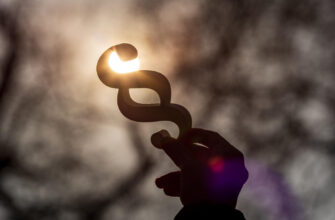
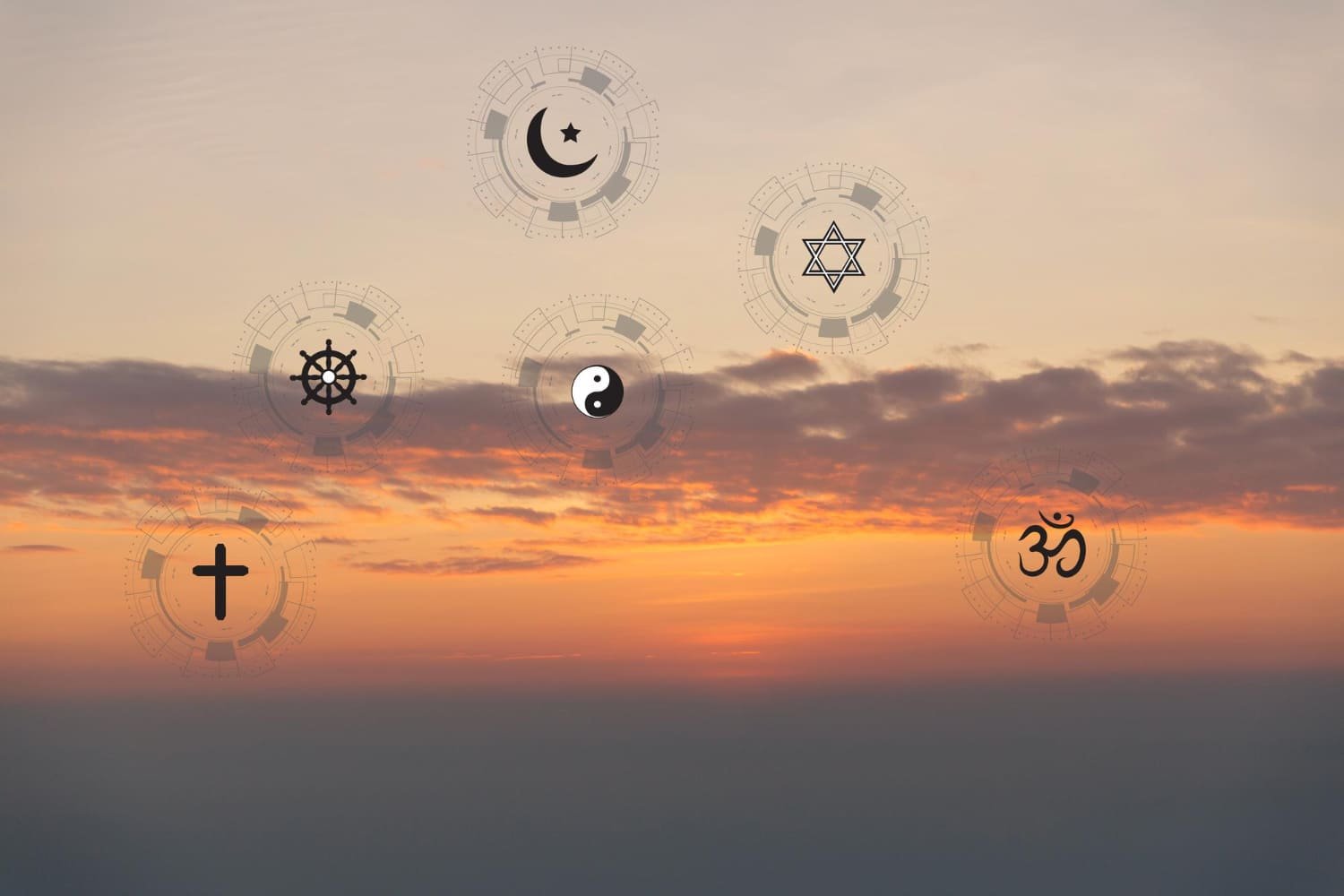
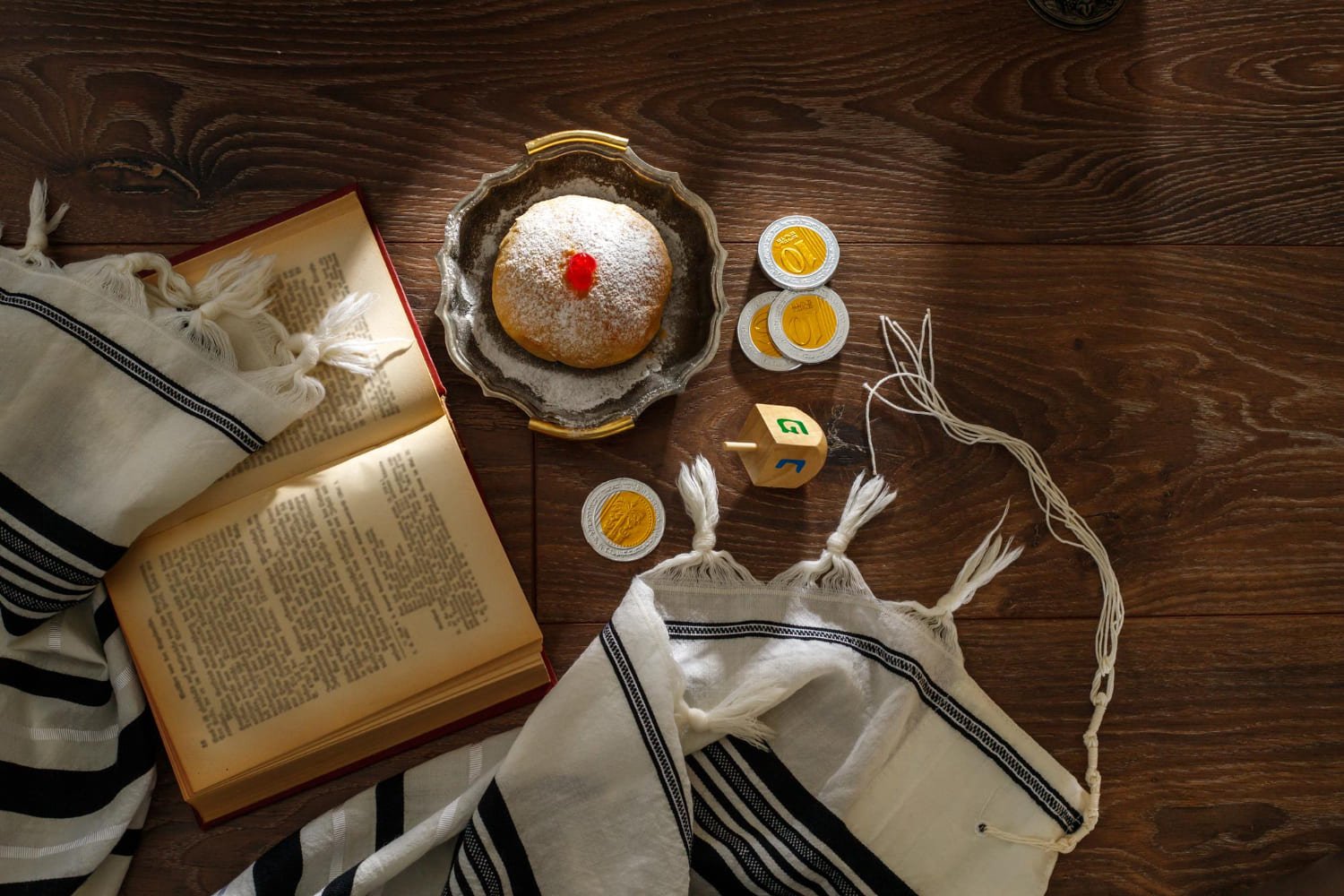
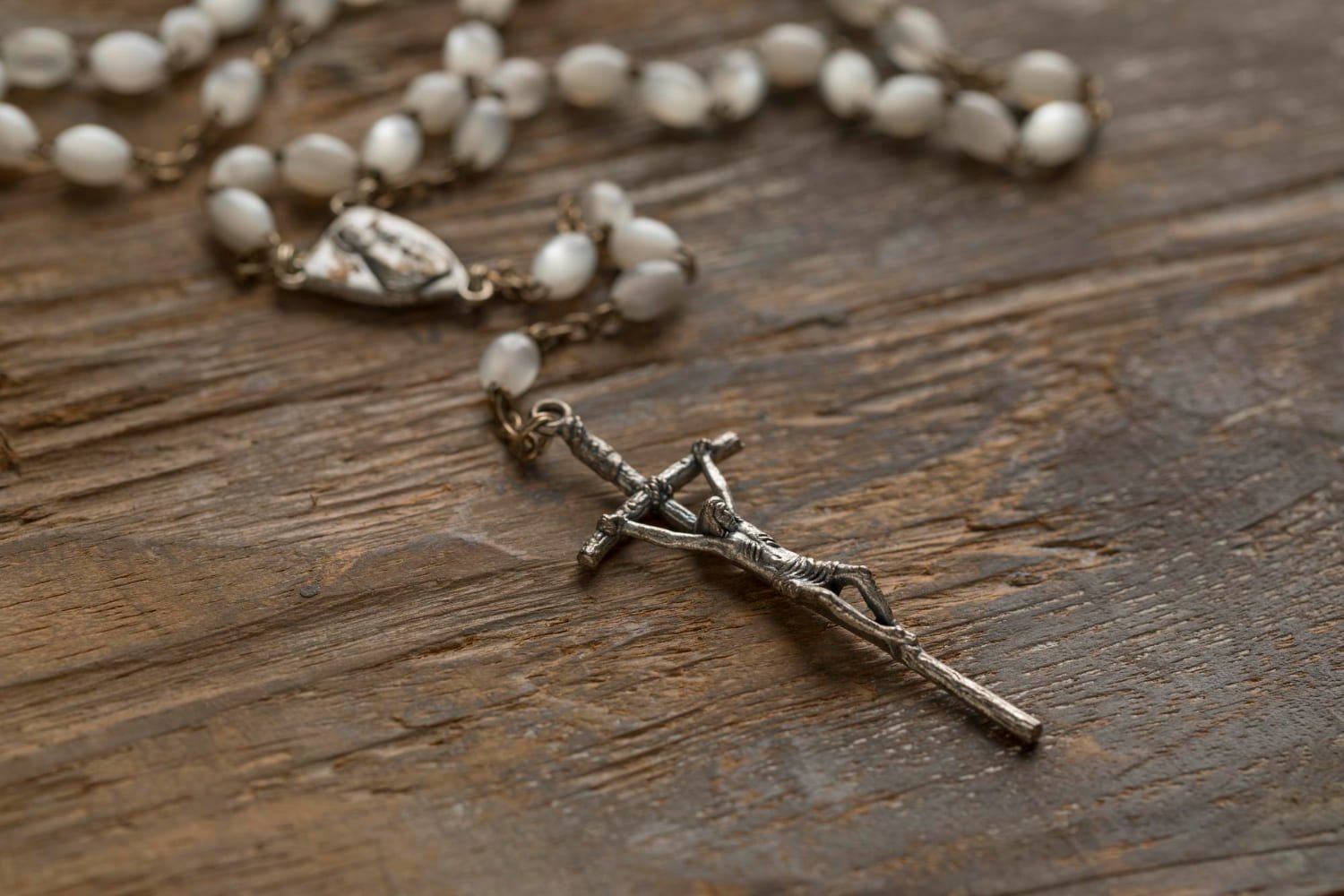
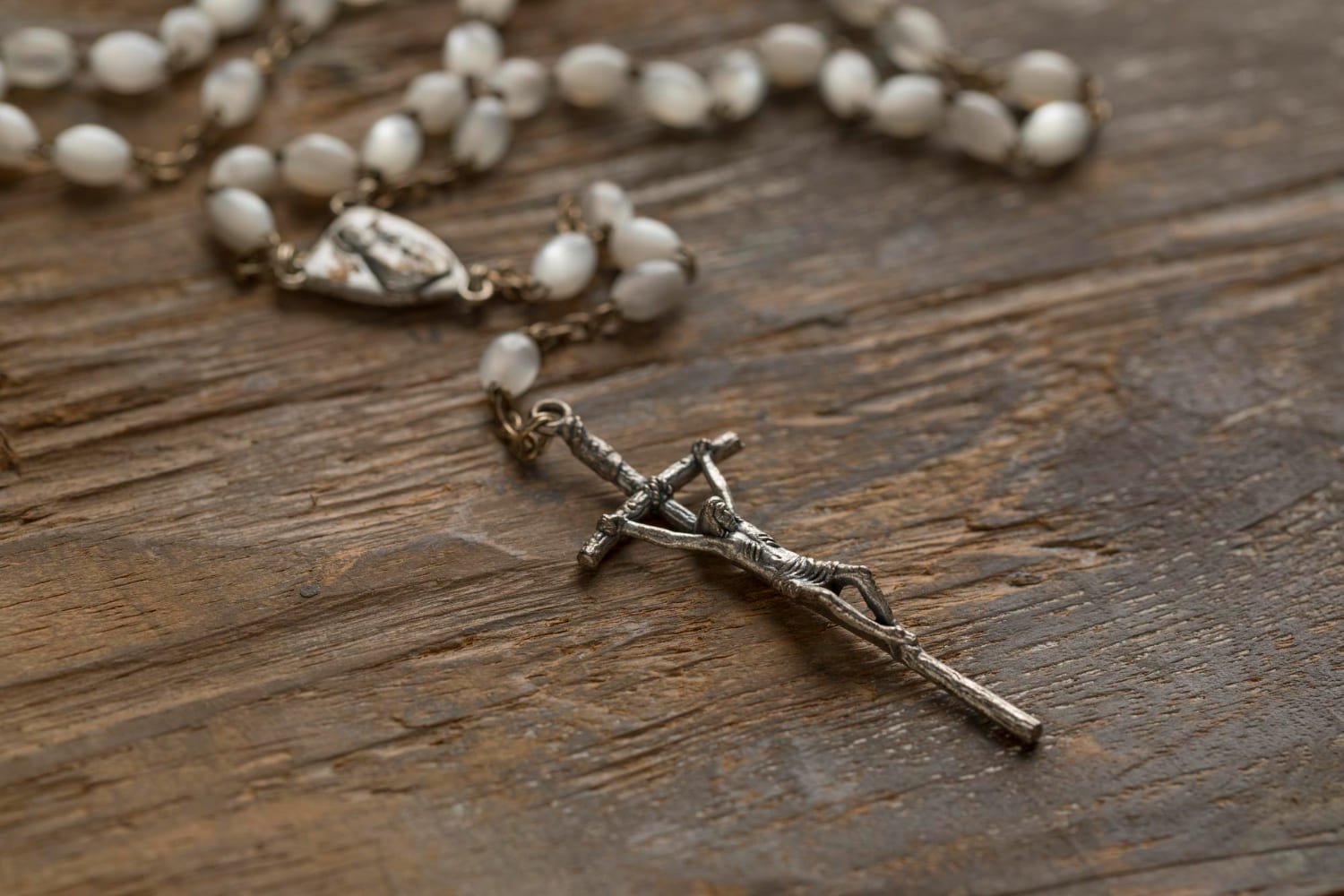
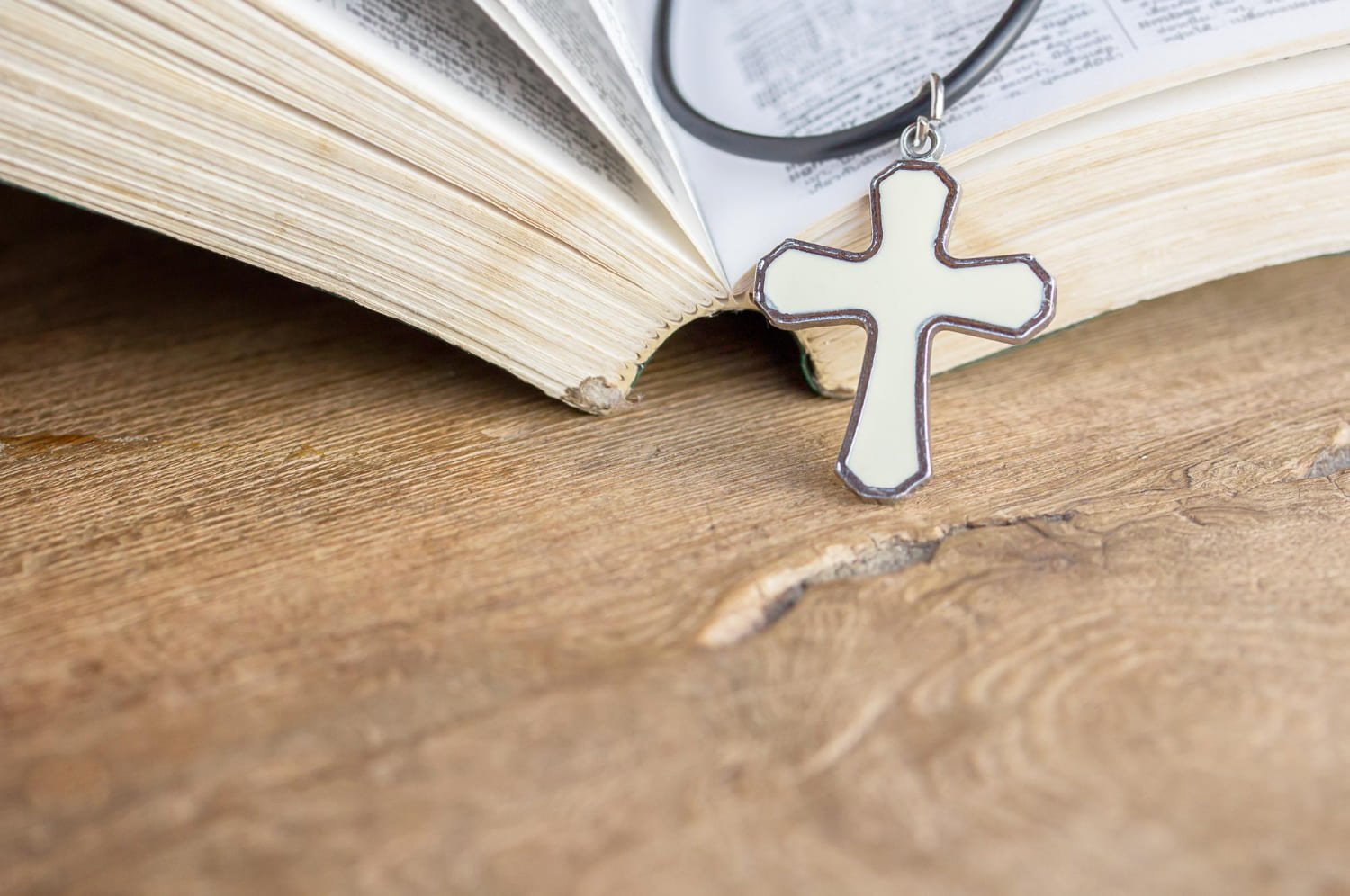
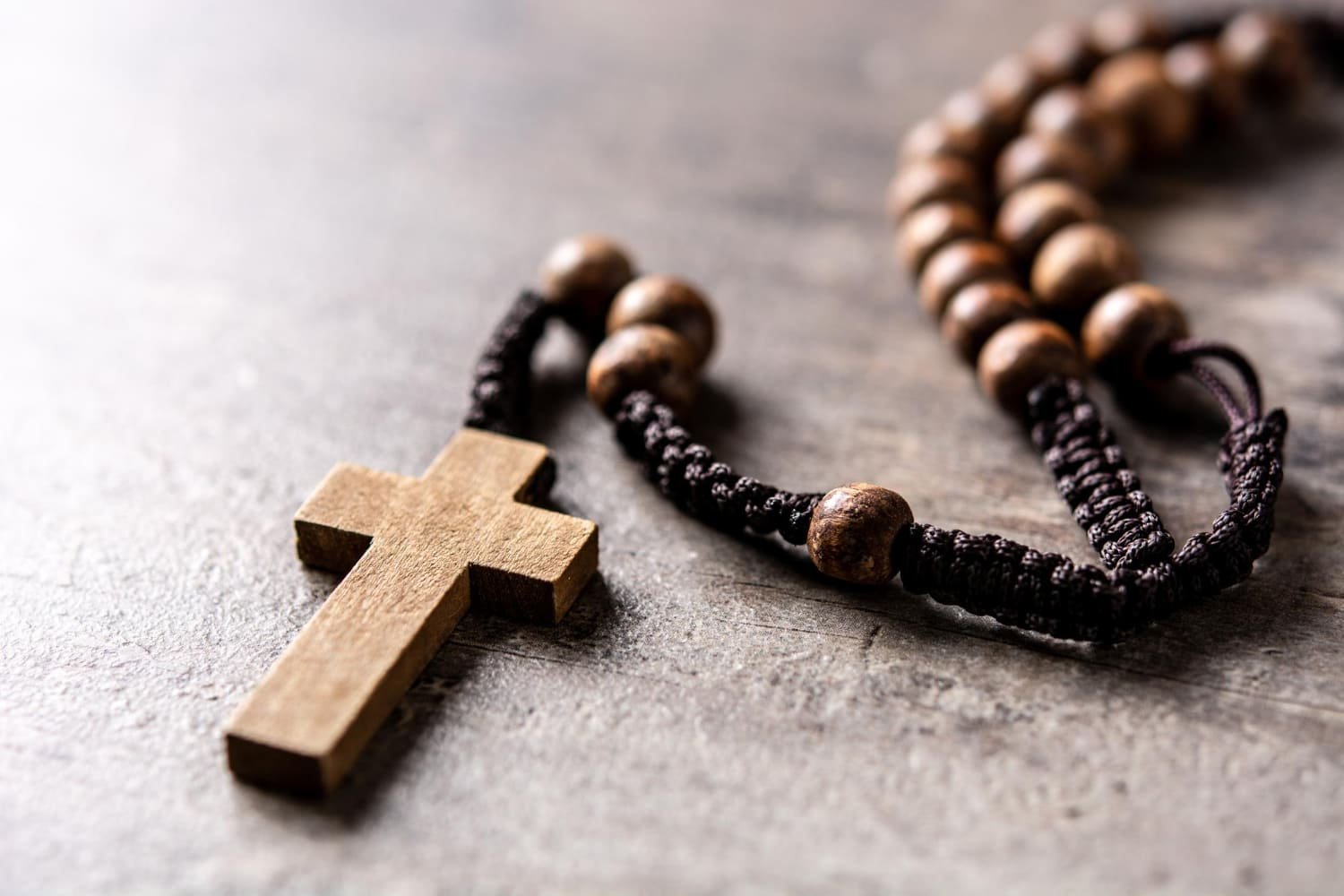
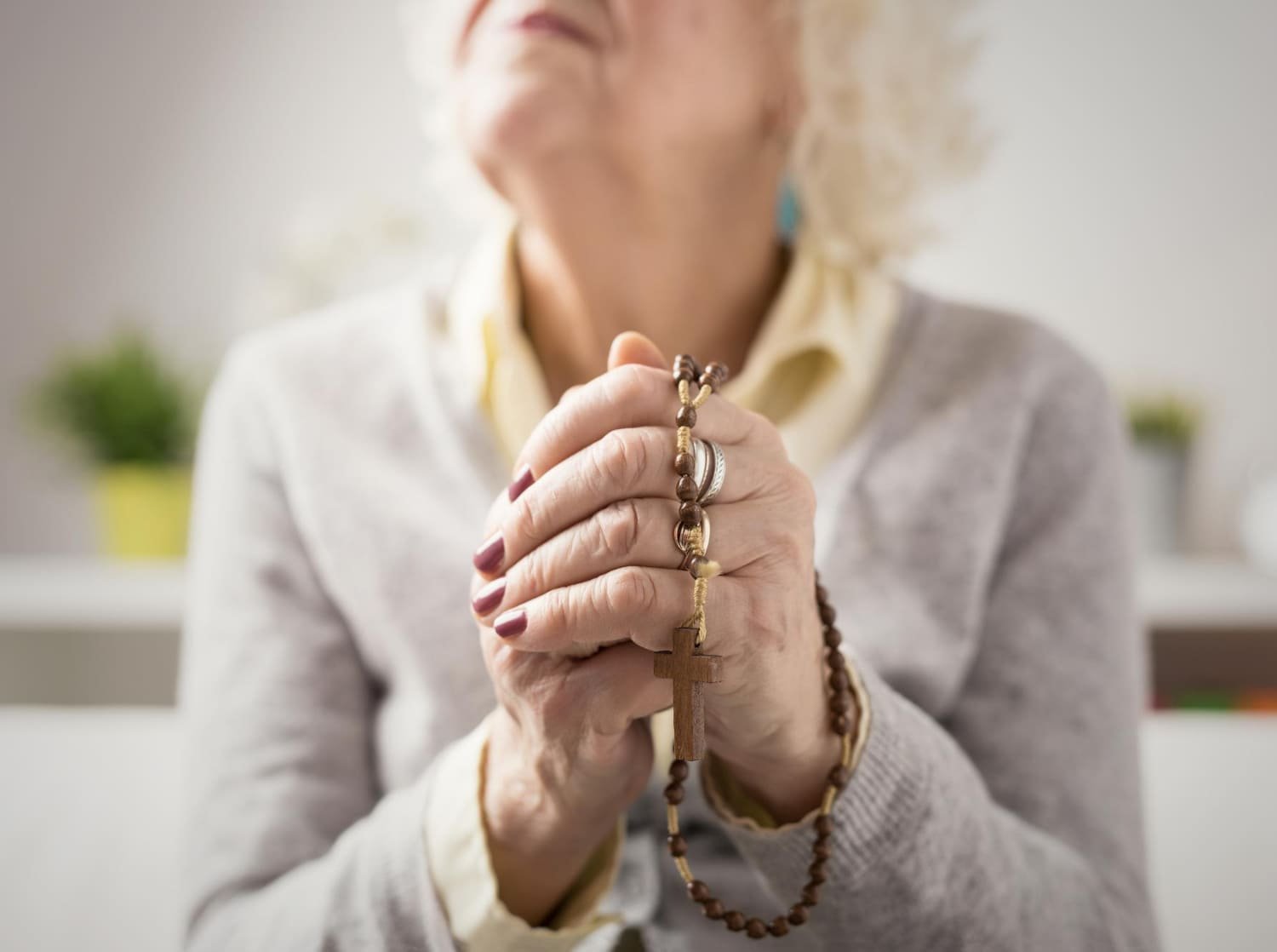
Roman Catholicism is heretical & apostate.
You pray to Mary.
1 Timothy 2:5
“For there is one God and one mediator between God and men, the man Christ Jesus.”
You call priests et al FATHER
Matthew 23;9
“And call no man your Father upon the earth, for one is your FATHER which is in heaven.”
You deny the Gospel. You attach works to salvation.
Ephesians 2-8:9
“For by GRACE are ye saved through FAITH and that NOT of yourselves. it is the GIFT of God NOT WORKS lest any man should boast.
You claim a pagan ritual of Purgatory. it’s not Biblical. Paul said Absecon from the body is presence with the Lord.” The thief on the cross did not go to any purgatory. Christ told him “Today you’ll be with me in paradise.”
Peter was not the first pope of anything much less Rome. He identified himself as an apostle. He nor any of the apostles called him a pope. Jesus Christ is the ROCK..Peter is a pebble.
Roman Catholicism mass of transubstantiation is not Biblical but a pagan dark ritual.
The list endless
Amen.
This article is completely missing the point anyways. Catholicism is the universal church (i.e. all that are in the body). It is the same word as orthodox in greek.
For many hundreds of years it was used to denote anyone who fell in line with the Apostolic creede & was not otherwised declared heretical at a ‘universally’ recognized church council (i.e. Nicea).
The Roman Catholic church is the worshipers of christ that place themselves at the subjegation of the Bishop of Rome (now called pope).
As the Bishops of Rome further departed from the teachings of Christ & the apostles, particularly the doctrine of substitutionary attonement, opting instead for the Treasury of Merit, the organization left catholicity, even if some members remained so.